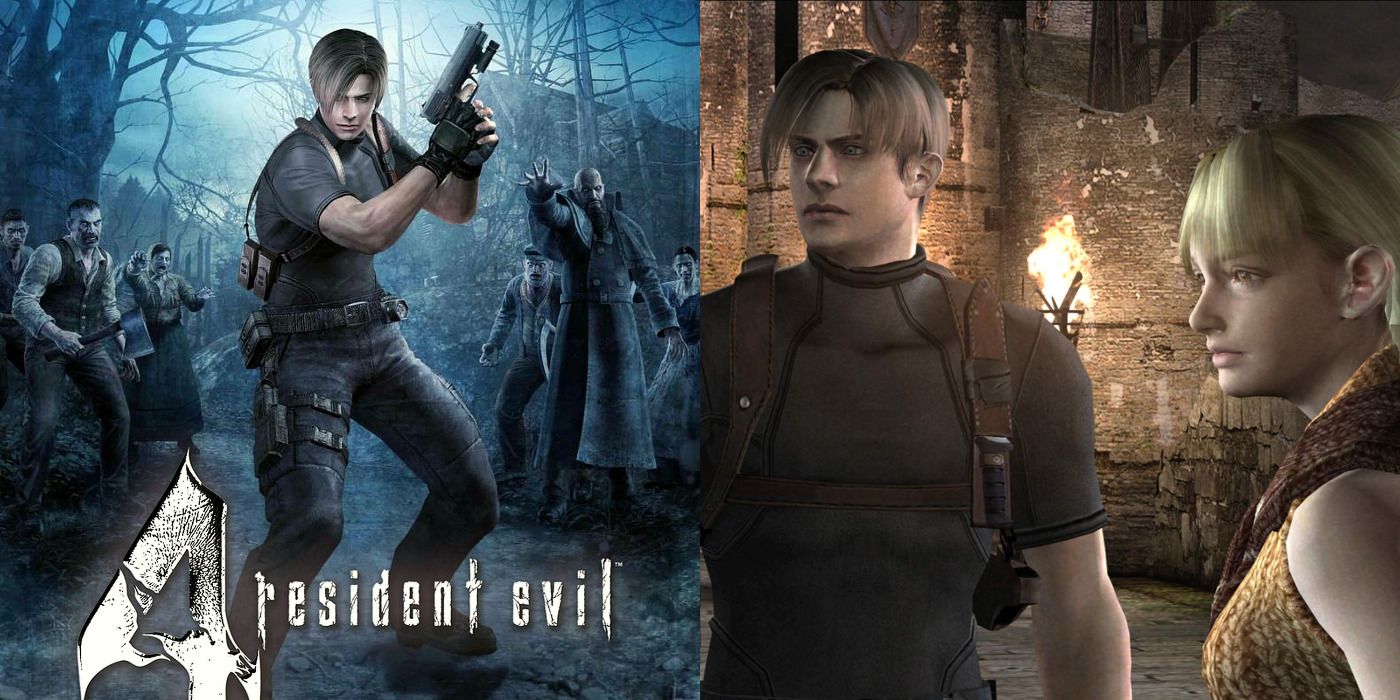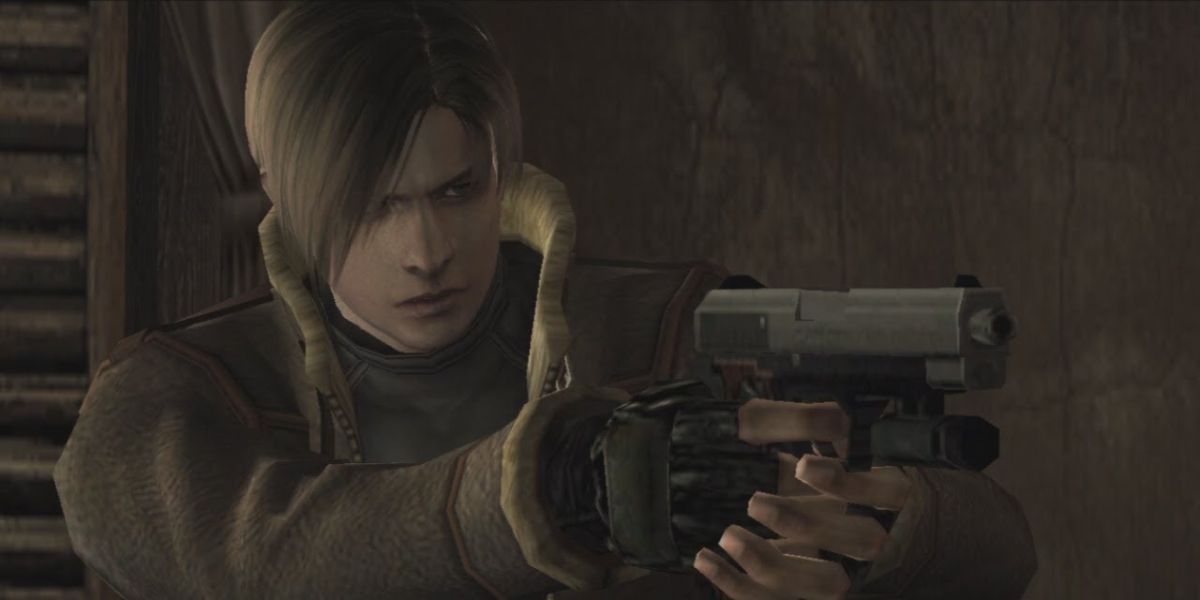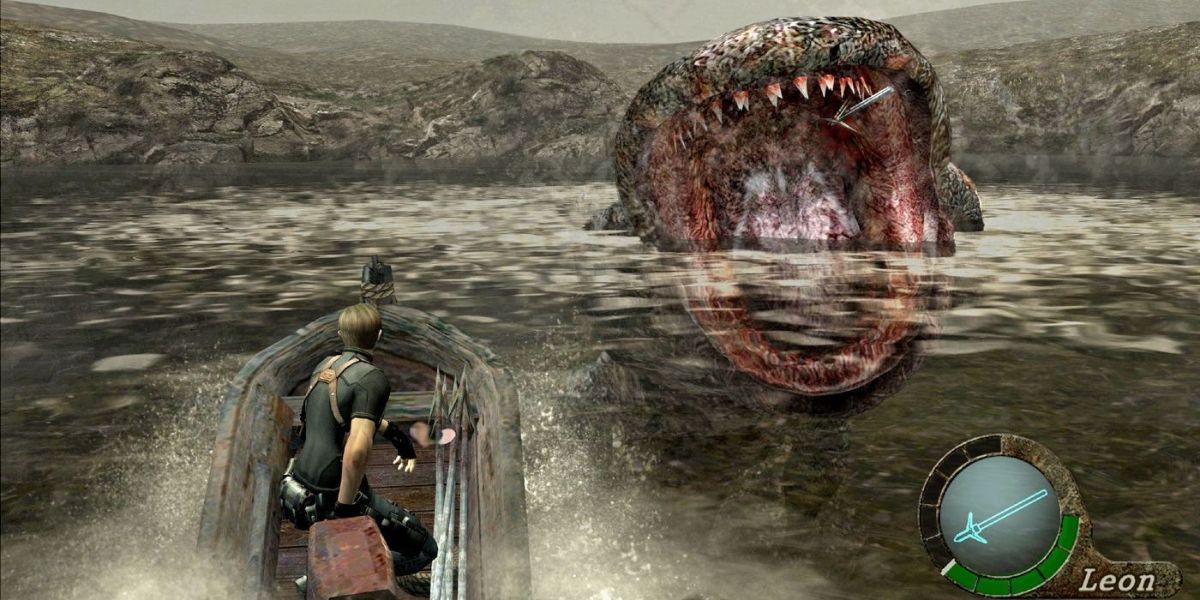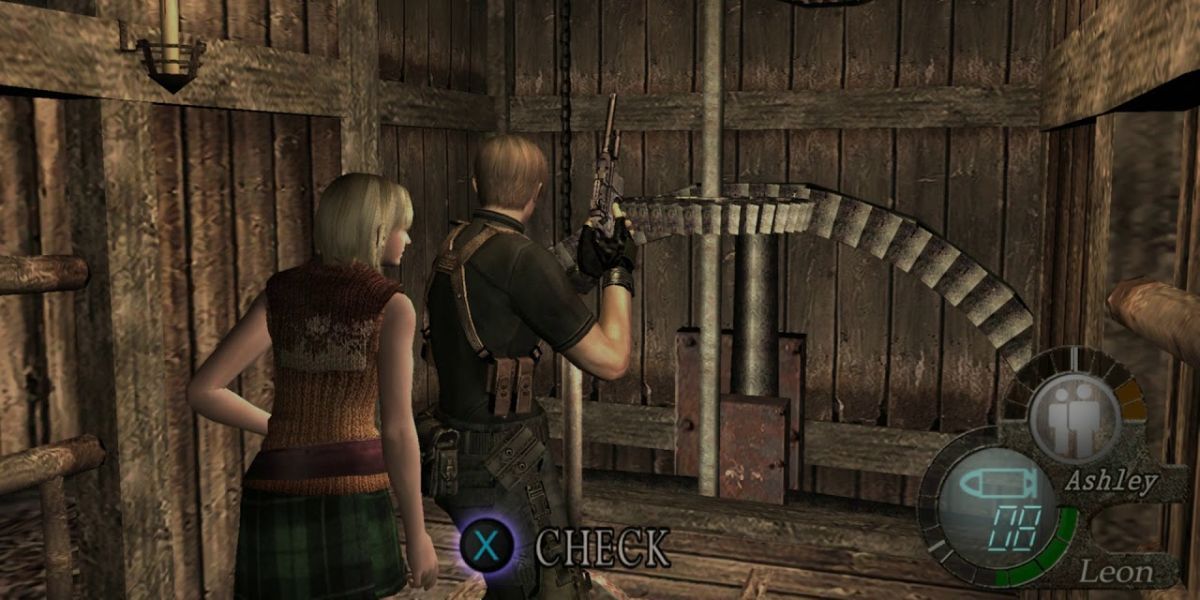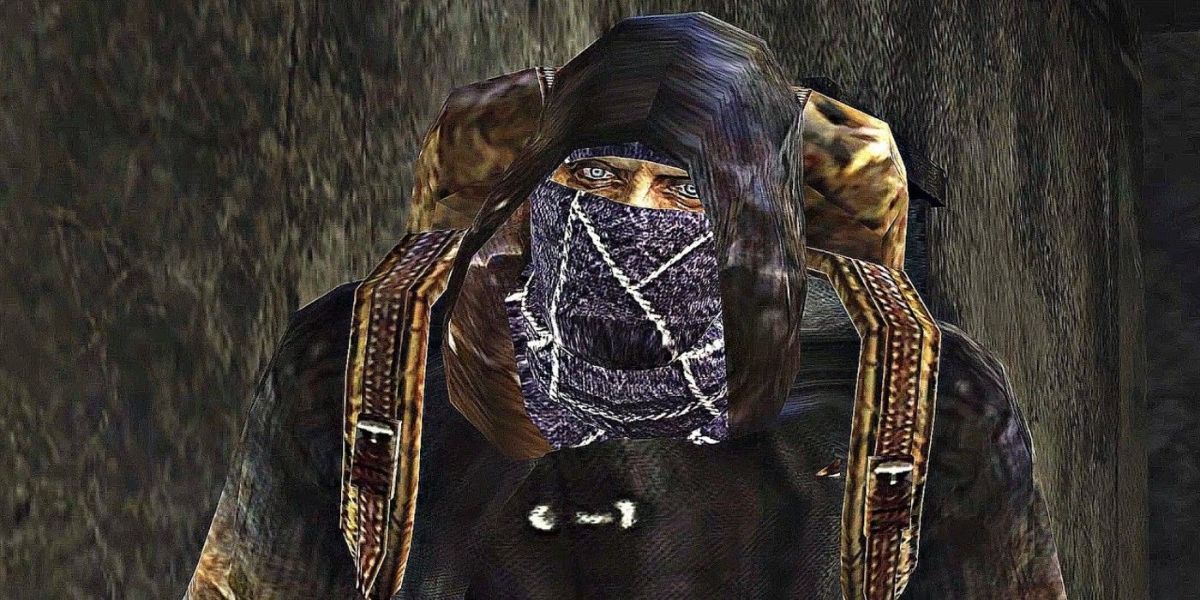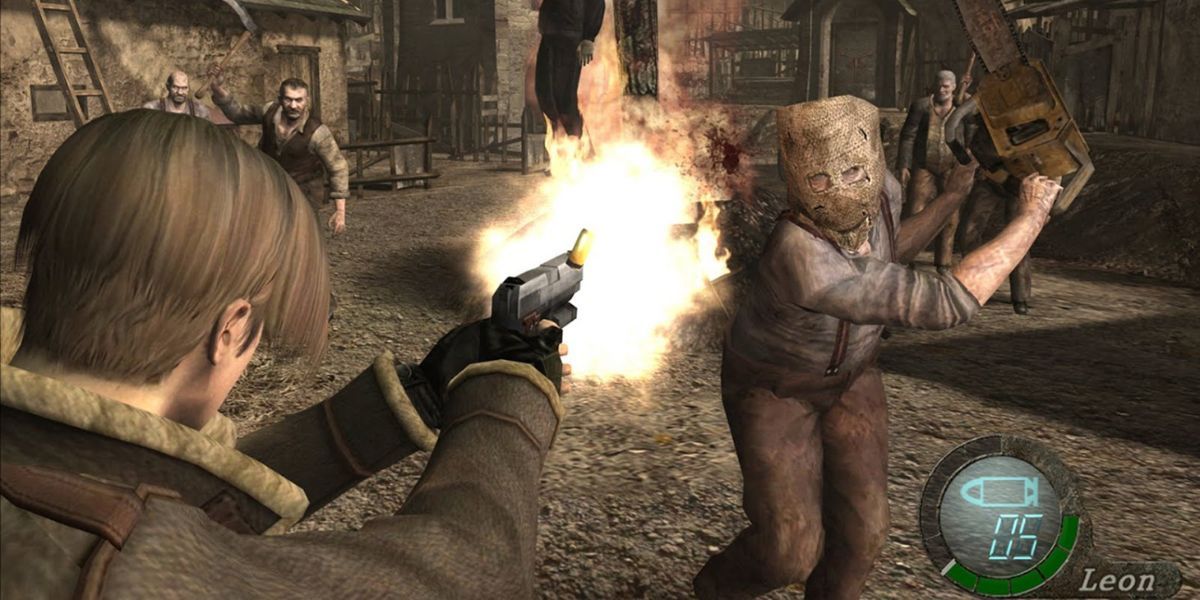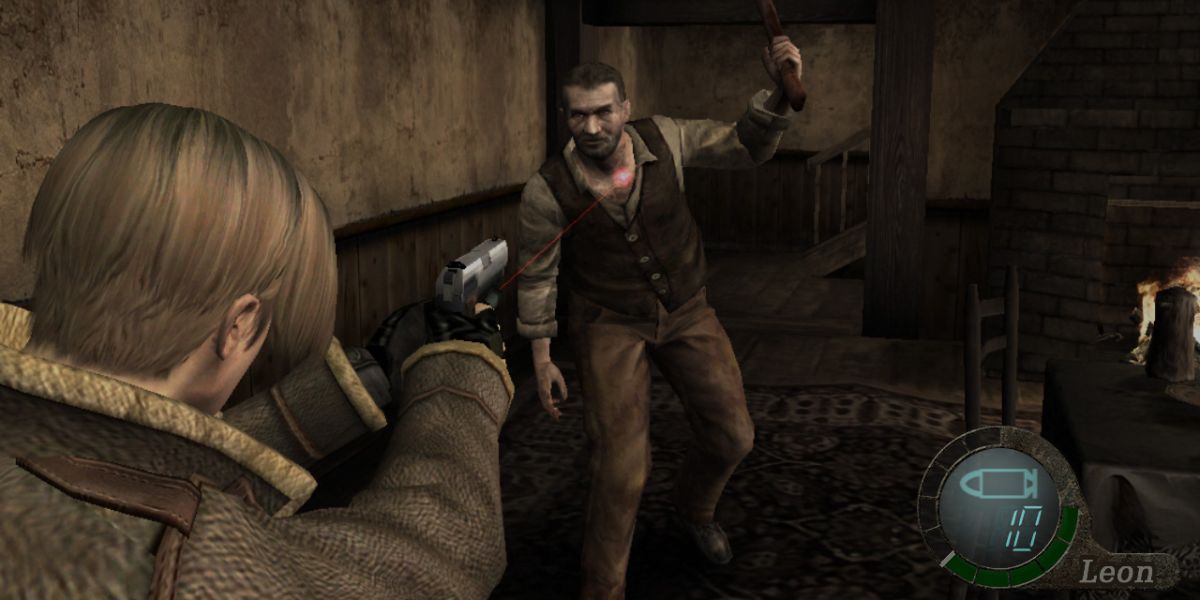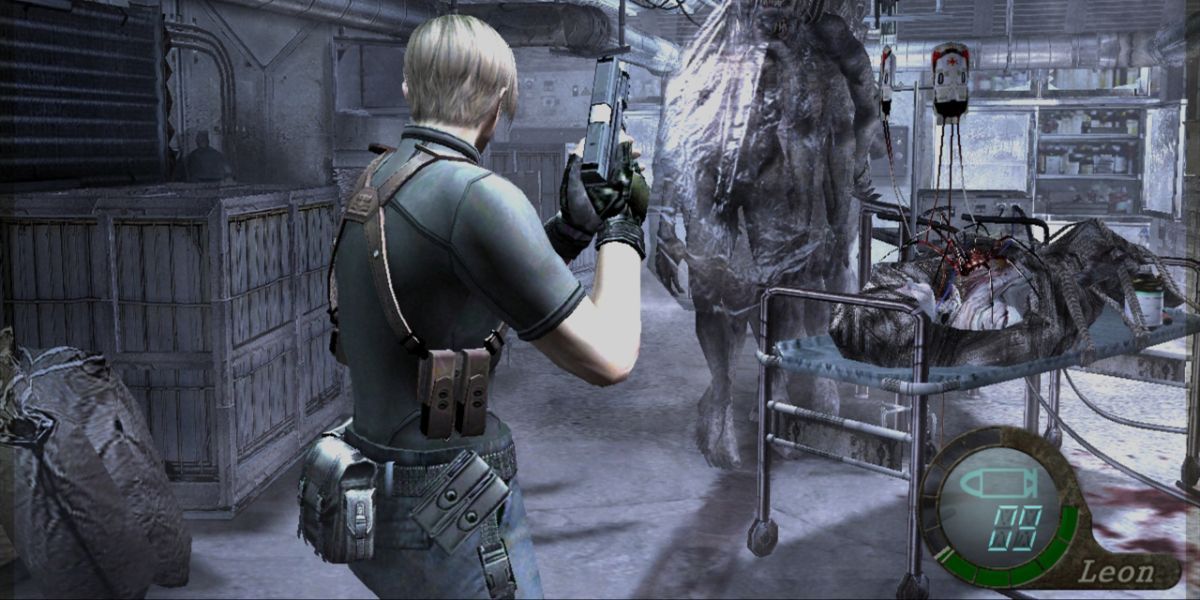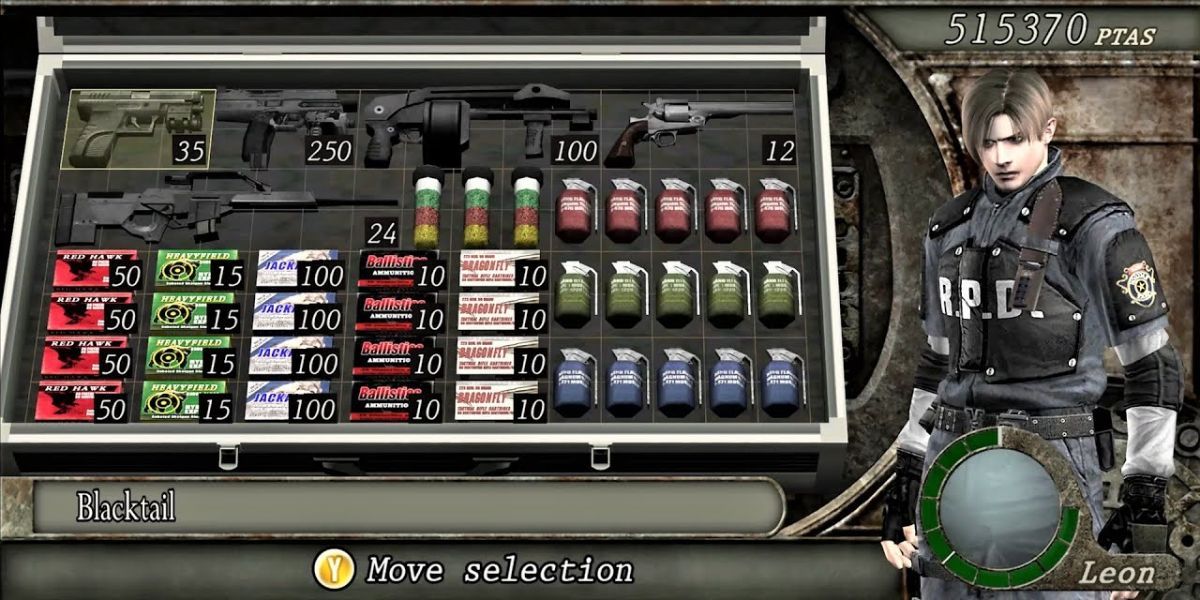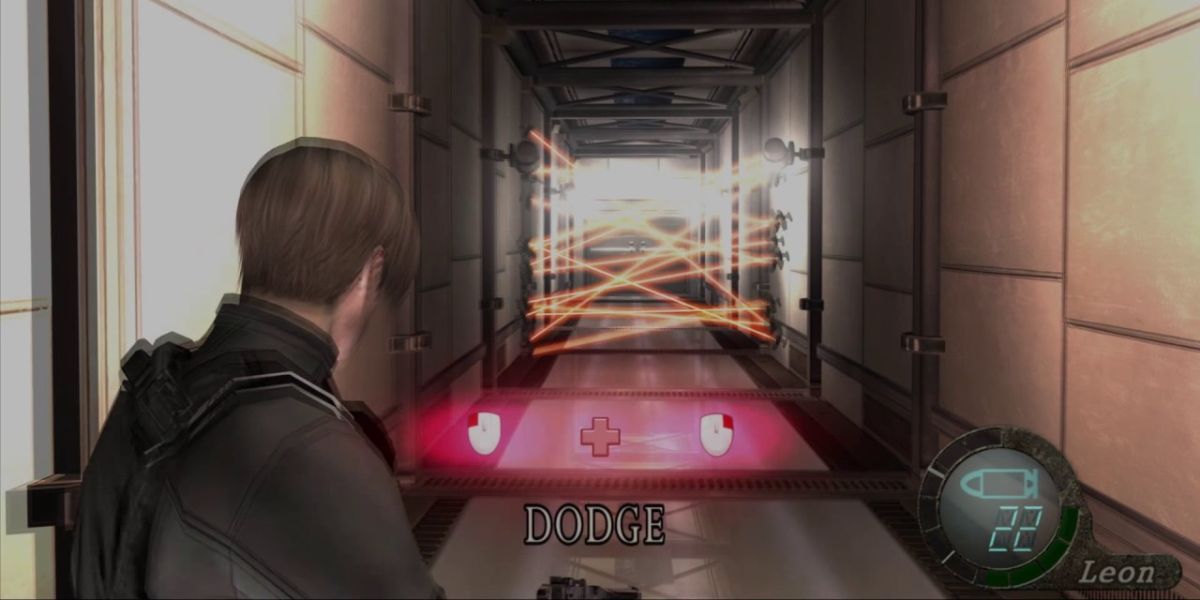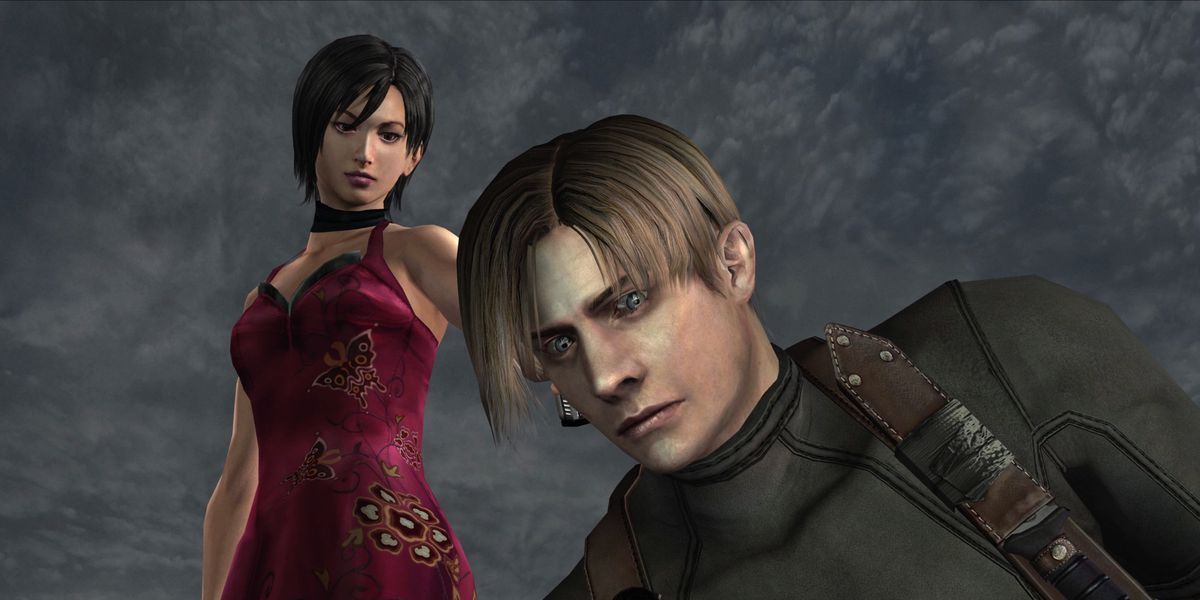With the success of the remakes of Resident Evil 2 and 3, it seemed all but inevitable to fans that Capcom would move the remake treatment on to the next game in the venerable series. Resident Evil 4 is widely regarded as one of the best titles in the franchise, but it's also a very different game from its predecessors, which raises questions as to what the remake will look like.
While the original Resident Evil 2 and 3 are fairly similar games, Resident Evil 4 is an action-oriented title with a faster pace than its predecessors. This variation in source material means that the Resident Evil remake series is likely pushing into new territory, leading to debate on what should and should not be changed from the original game.
Change: The Color Palette
By all measures, Resident Evil 4 was a very good-looking game for its time. Some incredible animations and advanced textures have helped it hold up graphically in the years since its release, and it's still easy to see why the game was so technically impressive to players in 2005.
The only problem is that the game's color palette is very brown. Although the art direction is excellent overall, especially where the game's dangerous monsters are concerned, the uniqueness of certain settings suffers on account of a lack of variation in the game's color scheme. This is especially noticeable when compared to the expressive, richly detailed colors of the first three Resident Evil titles. That's one of the reasons the classic fixed-camera games are worth playing today, so the remake's producers should take the opportunity to widen the variety of colors used in the game.
Keep: The Action Emphasis
Resident Evil 4 was a major departure from the rest of the series when it was first released. While there first three games in the series were methodical, strategic survival horror experiences, Resident Evil 4 was an intense action shooter first and foremost. While there was some doubt about fans' willingness to accept this new creative decision, Resident Evil 4 achieved the improbable by being so outrageously good that players couldn't help but feel excited about the new direction the series was taking.
Unfortunately, sentiments on "action" Resident Evil titles have soured in the years after Resident Evil 4 thanks to the somewhat mixed reception of Resident Evil 5 among longtime fans, and the outright critical panning of Resident Evil 6. Resident Evil has been making a successful effort to return to its survival horror roots in recent years, but Capcom will do well to remember that Resident Evil 4 was designed as an action game and an excellent one at that.
Change: Ashley's AI
The plot of Resident Evil 4 is structured around rescuing the U.S. President's daughter, Ashley, from an evil cult in rural Spain. As a result, much of the gameplay deals in escorting Ashley through increasingly dangerous environments and rescuing her when she's inevitably captured.
For the most part, she's unintrusive. The player can instruct her to wait behind or hide before a fight breaks out but when the action escalates, it can occasionally feel like she lacks even the most basic self-preservation sensibilities. Improvements in AI technology achieved since the original game came out will hopefully allow Capcom to change Ashley and give her more agency and purpose in the remake.
Keep: The Merchant
One huge change that Resident Evil 4 made from its predecessors was the inclusion of a mysterious merchant character. When fighting enemies and exploring the game's environments, the player would come across money that they could exchange for items, weapons, and upgrades when interacting with this merchant.
Purchasing new weapons and upgrades added a huge degree of personalization over a playthrough. Since everyone has their own opinions regarding what the best weapons in the game are, the merchant allows players to customize their weapons to suit their gaming experience. The merchant is such an essential part of why Resident Evil 4 is so enjoyable that he absolutely must make a comeback in the remake.
Change: The Camera
In general, the controls to Resident Evil 4 do not need much updating. Movement is strategic and intense, aiming is swift and responsive, and the animations are crisp and memorable. The camera, on the other hand, could use a little bit of work.
Many have speculated that Resident Evil 4's stiff camera, which doesn't let the player look very far beyond Leon's immediate field of view, is a holdover from the layout of the GameCube controller, which featured a smaller camera stick compared to a larger control stick. Whether or not that assessment is accurate, today's players will want to have more control over the camera in the remake.
Keep: The Movement
Resident Evil 4 uses a control scheme that many players consider to be dated. In a departure from more modern third-person shooter controls, the protagonist and fan-favorite character Leon can't strafe, with left or right inputs on the controller rotating him in place. While this might feel unintuitive at first, and it certainly takes a little bit of getting used to for new players, it's actually an important design choice.
Limiting Leon's mobility and making it harder for him to avoid threats forces the player to be much more thoughtful about shot placement, leveraging the game's excellent hit animations. It also forces the player to be smart about positioning and using the environment to their advantage whenever possible.
Change: The Scares
One thing even Resident Evil 4's biggest fans tend to lament is the fact that the game simply isn't that scary. While preceding Resident Evil titles certainly had action elements to them, the campy action movie romp in the fourth installment was a departure from the rest of the franchise, choosing to emphasize action over well-crafted scares.
To be sure, certain moments like the encounter with the regenerator stand out as among the scariest in the series, but overall the atmosphere is one of corny one-liners, martial arts kicks, and action movie setpieces. These elements are important to the original game's appeal, but in keeping with the atmosphere of the previous two remakes, perhaps it's best to lean a little further into the horror elements.
Keep: The Inventory System
By far one of the most oddly satisfying things about the original Resident Evil 4 is its inventory system. The player has access to a grid-based attache case, with purchasable upgrades, and must intelligently arrange their weapons and items to use the available space most efficiently.
This system was a clear upgrade over the simple six to eight inventory slots available to players of the Resident Evil titles prior to the fourth installment, as it added a unique puzzle-like component to managing your inventory. There's a certain sense of accomplishment that a player feels when they look over their meticulously ordered attache case after shifting around weapons to maximize available space.
Change: The QTEs
Overall, Resident Evil 4 is a game that has aged exceptionally well. There's very little in the original game that explicitly dates it as an older title, but one thing that definitely needs an upgrade is the game's approach to quick-time events or QTEs.
Yes, rapidly pressing buttons during a cutscene to dodge lasers or run away from a boulder is a clear holdover from the 2005 - 2010 game design zeitgeist, where irritating QTEs would bring players to a game over screen if they put their controllers down to grab a drink during a cutscene. These events are more annoying than they are challenging, and are best left behind.
Keep: The Campy Tone
The Resident Evil franchise has always had a goofy, B-movie charm that makes up a large part of the series' character. Campy one-liners, embarrassing voice acting, and outrageous monsters channel the feel of a low-budget horror film on late-night television, contributing levity and charm to the experience without undermining the scares.
Resident Evil 4 is at the apex of camp in the series, and that's part of the reason why it's so enduringly loved. If the remakes of Resident Evil 2 and 3 are any indication, it appears that Capcom is attempting to dress up their older titles with a more grounded, realistic atmosphere. While that's fine in moderation, making Resident Evil 4 too serious will harm the overall experience and misses the enduring appeal of the original game.

